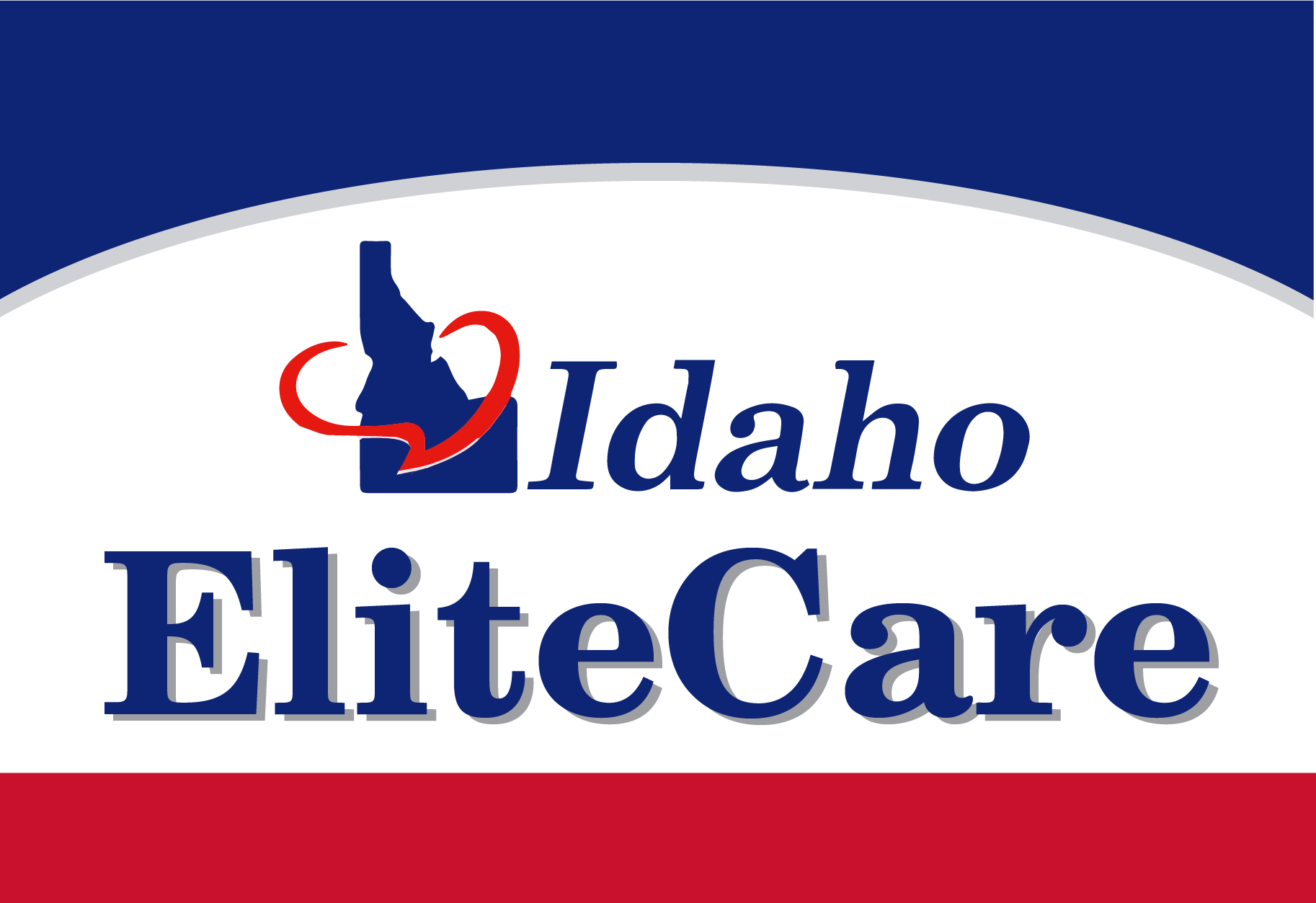Medicare 101 Part 2

Just to pick up where we left off, we went over the Enrollment Periods so that you can have a good idea as to when you should start taking the steps you need to enroll. Please feel free to go back to that article in case you need a refresher. For this post, we are going to dive into explaining what Medicare actually pays for.
So What Does Medicare Actually Pay for?
We will start with Medicare Part A, and what it pays for. Medicare Part A is hospital coverage; it covers hospitalization, in-patient procedures, mental health care, skilled nursing, home/hospice care, and also some blood for in-patient care.
For Hospital visits in Part A, what you pay is based on the number of days of your stay.
For days 1 through 60, you will pay a 1,280 dollar deductible.
Then, for days 61 through 90, you will pay a 320 dollar co-pay for every day you spend in the hospital.
After that, for days 91 through 150, you will have to pay 640 dollars per day. The article continues below.
After 150 days in the hospital, you will have to pay for everything. Since skilled nursing is covered under Part A, you also have some coverage and it is based on the number of days you use the skilled nursing care.
For days 1 through 20, you don’t have to pay anything for skilled nursing case. It is covered by your Medicare Part A. Then, for days 21 through 100, you will pay 160 dollars per day. After day 100 however, you will be responsible for all costs.
Moving on, let’s talk about what is covered under Medicare Part B, and what you can expect to pay, and what will be covered. If you need a refresher on the things covered by Medicare Part A, B, C, and D, you can take a look at our articles here! We wrote them just for people who need some information about these things.
Medicare Part B
In case you weren’t sure, Medicare Part B is the medical part of Medicare. Part B covers things like doctor visits, some outpatient procedures, ambulance rides, x-rays, and quite a few other things. You can learn more about the specifics using the "Medicare Overview" button above.
What you pay under Medicare Part B is a bit more straightforward than Part A. You will pay 20% of any Medicare-approved amount for medical under Part B. There is also a deductible to pay every year. The Part B deductible usually increases, or otherwise changes, every year.
It is important to know that these costs are IN ADDITION to whatever costs you have for your Part B monthly premium. The Medicare Part B premium is the same for all people and also tends to change (usually increase slightly) every year.
Key Takeaways about Medicare Part B
Part B is where many folks make a common mistake. If you don’t enroll in Part B when you are supposed to, you will be penalized later when you actually do need it. If you aren’t sure when to enroll in Part B, we are happy to speak with you and figure out what your situation is. Some people can delay their enrollment in Part B, but it isn’t just as simple as doing nothing.
Especially when it comes to Part B, you should make sure you are 100% sure of your status. The best way to do this is to reach out to Idaho Elite Care and get a free consultation. Usually within a few minutes of us speaking, we can tell you what would be best for you. After that, we can help you do what you need to do, or simply give you the steps you can take to do it yourself!
Why work with Idaho Elite Care on your Medicare Enrollment
Another key takeaway is that Medicare is not the end-all, be-all, of health insurance. It doesn’t cover everything, and you will still be responsible for some costs. Sometimes this fact surprises folks, as they expected to be covered 100% by Medicare as they turned 65. If you’re reading this article and made it this far, you are already ahead of the game. Being informed as you approach Medicare will save you a lot of time, as well as preventing you from stressing out about health coverage at a time when you may need it.
If you feel you are ready to begin the process, you can reach out to me via phone, email, or text message and we will be happy to help you. Our goal at Idaho Elite Care is not to sell you anything – we want to inform you of your options, so that you can make the best choices for yourself. We use our years of experience to help people do just that.



